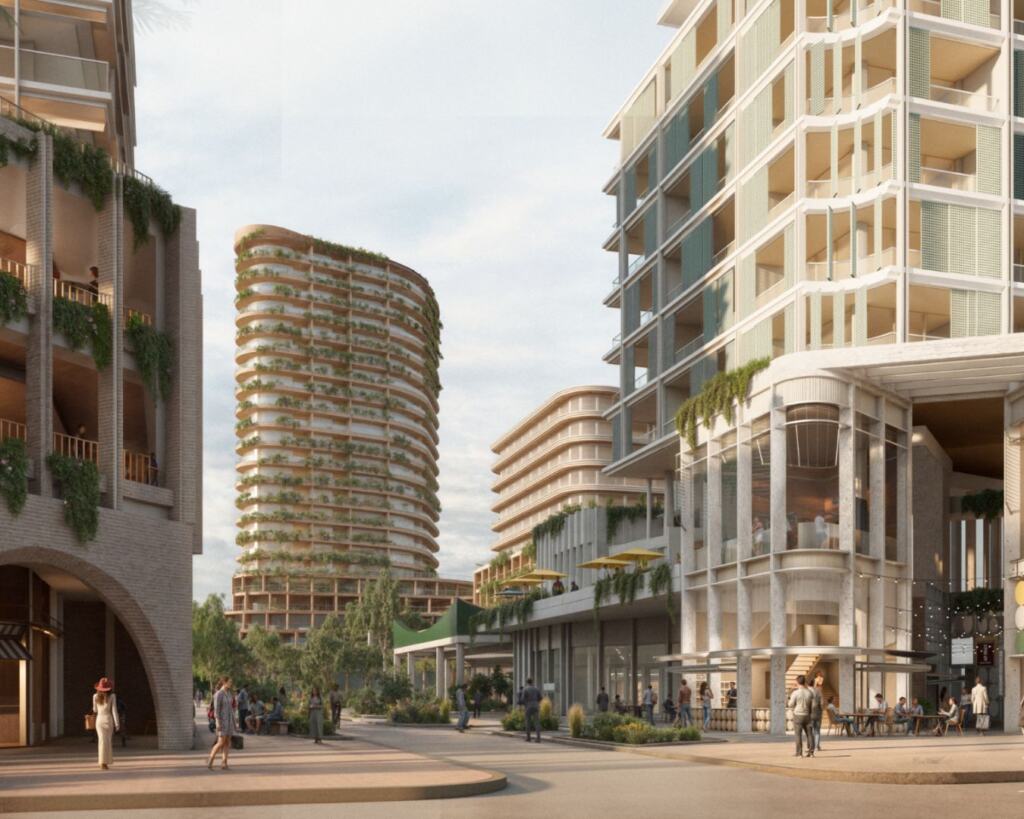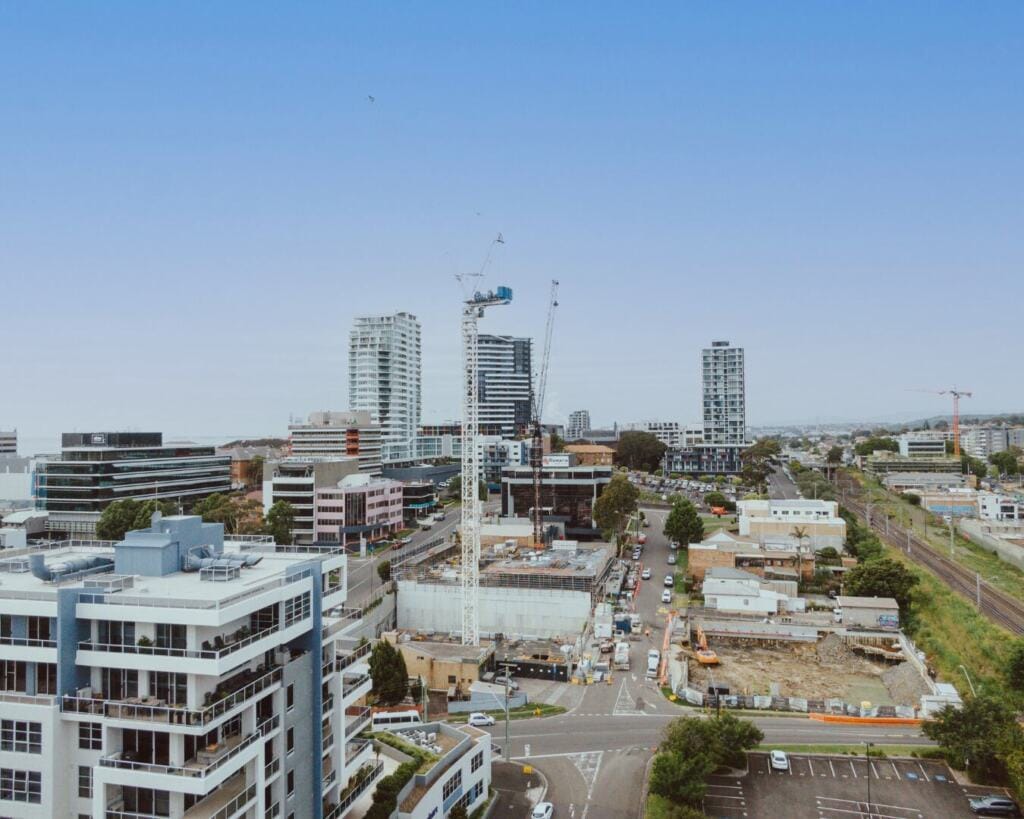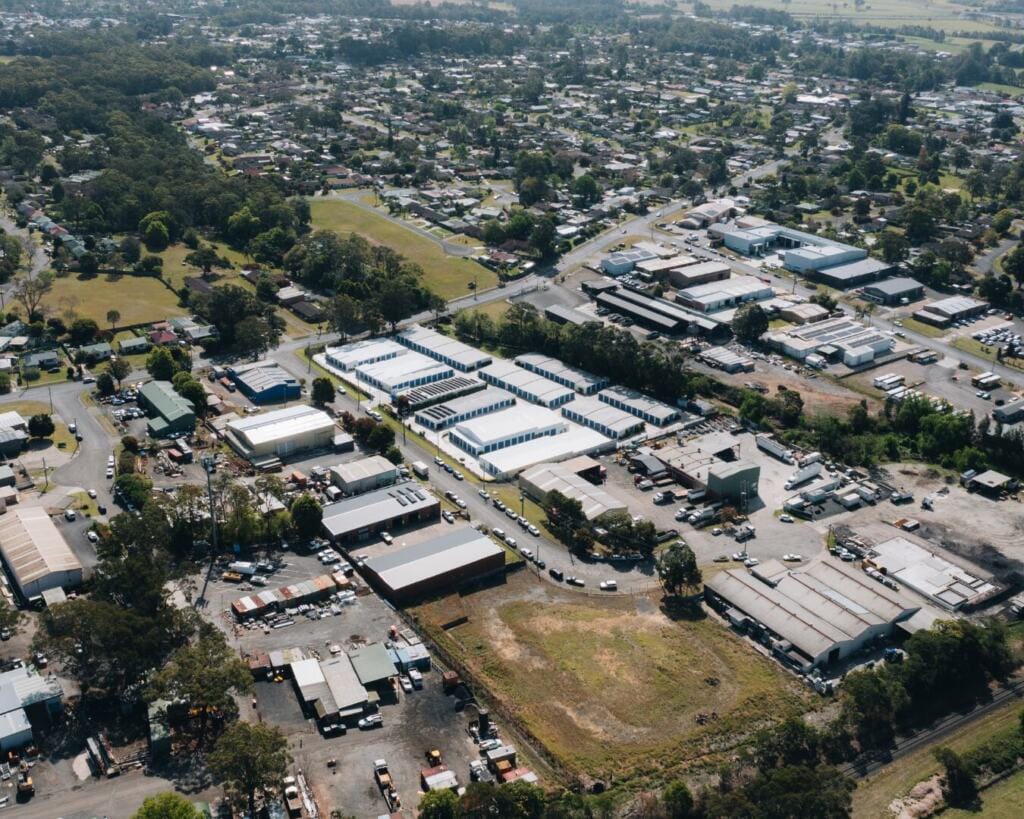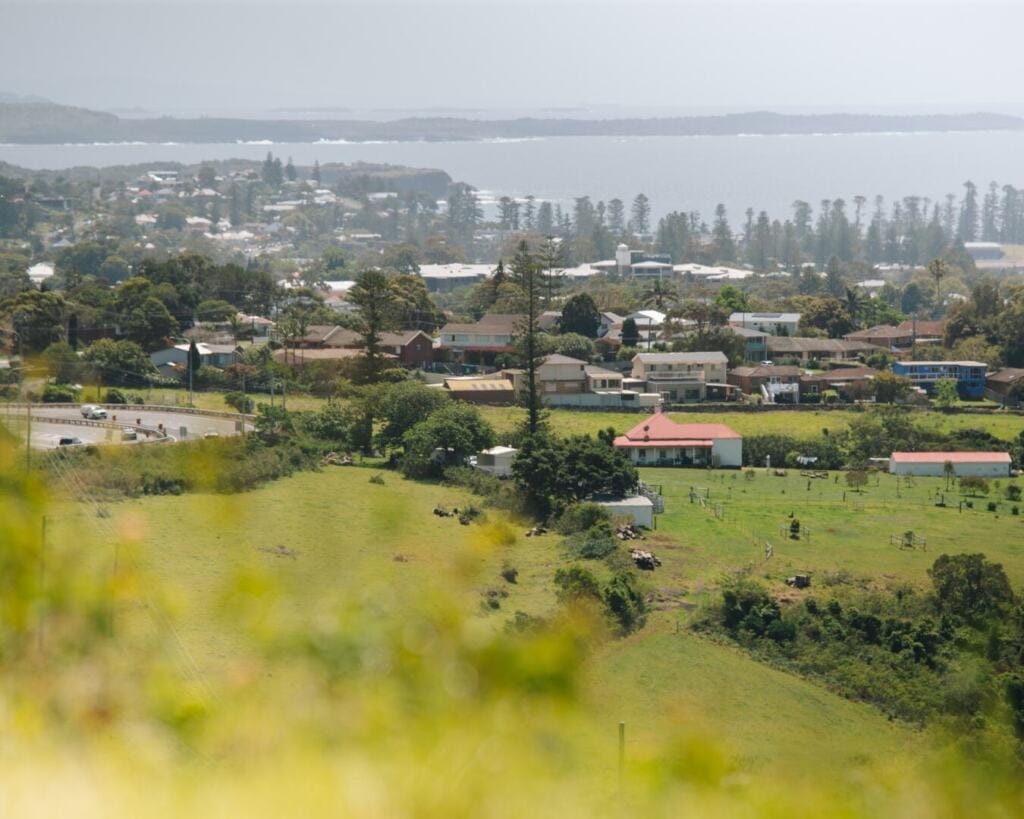Wollongong’s bushfire prone land maps, critical for development planning, were updated on August 19, 2024, with revisions to the Wollongong Development Control Plan (DCP) 2009 Chapter E16: Bush Fire Management.
This article delves into these recent updates to Wollongong’s bushfire prone land maps, and outlines the implications for property developers within the Wollongong Local Government Area (LGA). We’ll clarify the categories of bushfire prone land, illustrate the specific areas affected, and explain the regulatory requirements for development applications in these regions.
Bush Fire Prone Land
Bush Fire Prone Land (BFPL) refers to areas with vegetation that could fuel a bushfire and potentially be affected by one. In the Wollongong LGA, BFPL includes most vegetated areas and land within a buffer zone around that vegetation. These areas are officially designated on a Bush Fire Prone Land Map certified by the NSW Rural Fire Service (NSW RFS). This map triggers the need for bushfire protection measures in any proposed development on the affected property.
What does ‘bushfire prone land’ mean?
Bushfire prone land is defined as any area that contains or is within a certain distance of vegetation that can support a bushfire. This includes various types of vegetation, each with different levels of bushfire risk. The distance from the vegetation that is considered bushfire prone depends on the category of vegetation.
Categories of Bushfire Prone Land
Bush fire prone land is described as Category 1 Category 2 or Category 3 vegetation. The below figure depicts bush fire vegetation and the associated buffer distances.

If either the mapped vegetation or the buffer intersects a property, then the property is considered to be bush fire prone land.
- Category 1: This category includes forests, woodlands, heathlands, pine plantations, and forested wetlands. Land within 100 meters of this vegetation type is also considered bushfire prone.
- Category 2: This category covers rainforests and lower-risk vegetation parcels. Land within 30 meters of this vegetation type is considered bushfire prone.
- Category 3: This category includes grasslands, freshwater wetlands, semi-arid woodlands, alpine complex, and arid shrublands. Land within 30 meters of this vegetation type is considered bushfire prone.
Areas Affected in Wollongong LGA
The map below illustrates the areas in the Wollongong LGA classified as bushfire prone. Suburbs west of Lake Illawarra are primarily classified as Category 3, while areas along the escarpment are predominantly Category 1. Scattered areas throughout the city contain smaller patches of Category 2 vegetation.

Developing in Wollongong’s Bushfire Prone Areas
If you’re planning a development in Wollongong, it’s essential to understand the updated bushfire regulations, which came into effect from August 19, 2024. These regulations impact all stages of development, from initial planning to final construction.
Key Regulations and Requirements
Updated Wollongong DCP 2009 Chapter E16: This is the primary local guideline for building on bushfire-prone land. It provides specific rules you must follow and should be read alongside other important documents.
Wollongong LEP 2009 & NSW RFS’s Planning for Bush Fire Protection 2019 (PBP 2019): These are state-level documents that set out broader planning and bushfire protection standards. You must comply with these as well.
Australian Standard AS 3959 – 2018: This standard specifies construction requirements based on the level of bushfire risk, known as Bushfire Attack Levels (BALs).
Bush Fire Risk Assessment Report: Every development application on bushfire-prone land requires a detailed report assessing the risks and proposing mitigation measures.
Understanding Bushfire Attack Levels (BALs)
The level of bushfire risk on a property determines the construction standards required. This risk is categorised into Bushfire Attack Levels (BALs), ranging from low to extreme risk. The vegetation type and its proximity to your site will determine the BAL. Areas with high-risk vegetation (like forests) will have higher BALs and require more robust construction. This also means potentially higher building costs.
Staying Informed
Bushfire regulations are subject to change. It’s important to stay updated with the latest guidelines from the NSW Rural Fire Service (RFS) and local authorities.
How Allen Price Can Help
Allen Price specialises in assisting developers in navigating the complexities of bushfire prone land development. Our expertise in town planning and liaison with authorities ensures your projects comply with all regulations. We offer comprehensive support throughout the development process.
Contact Allen Price today to discuss your development project and ensure its success.












